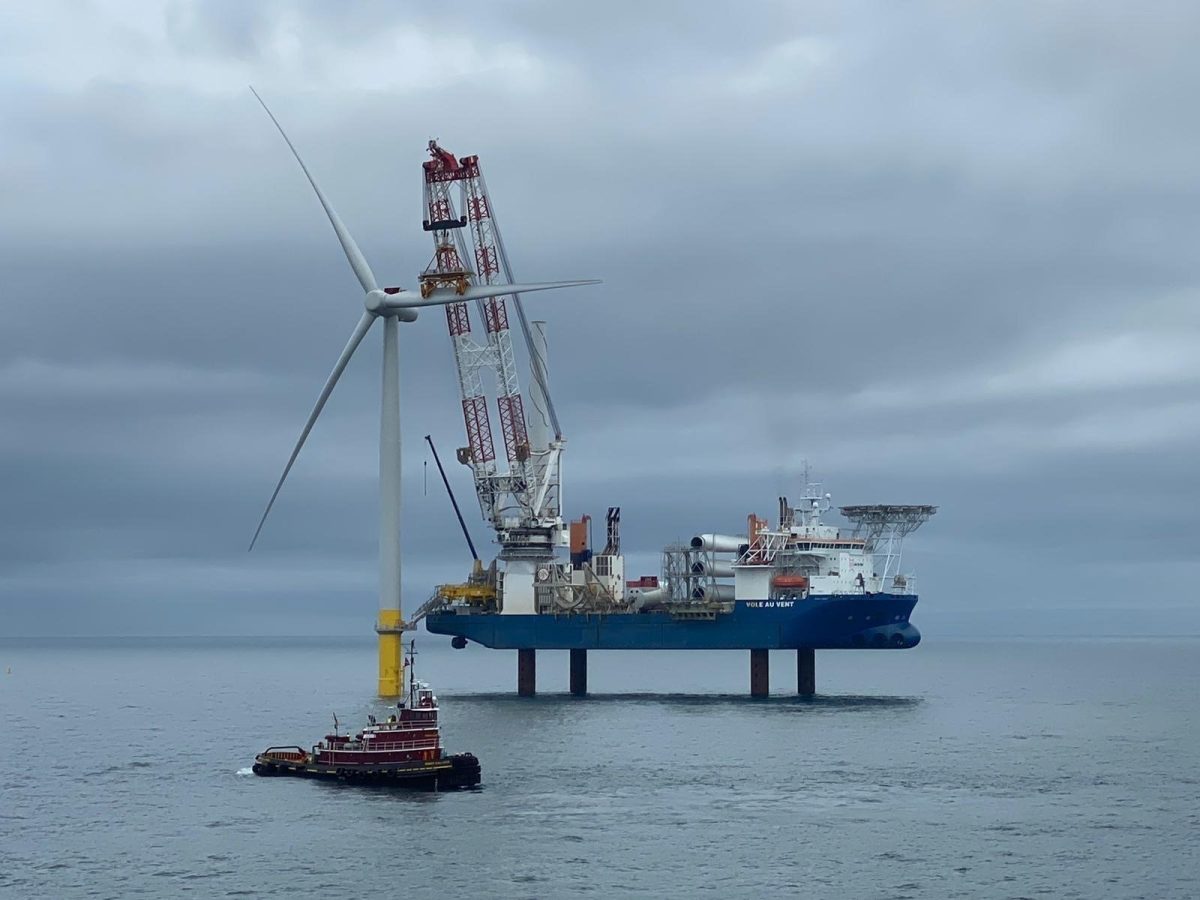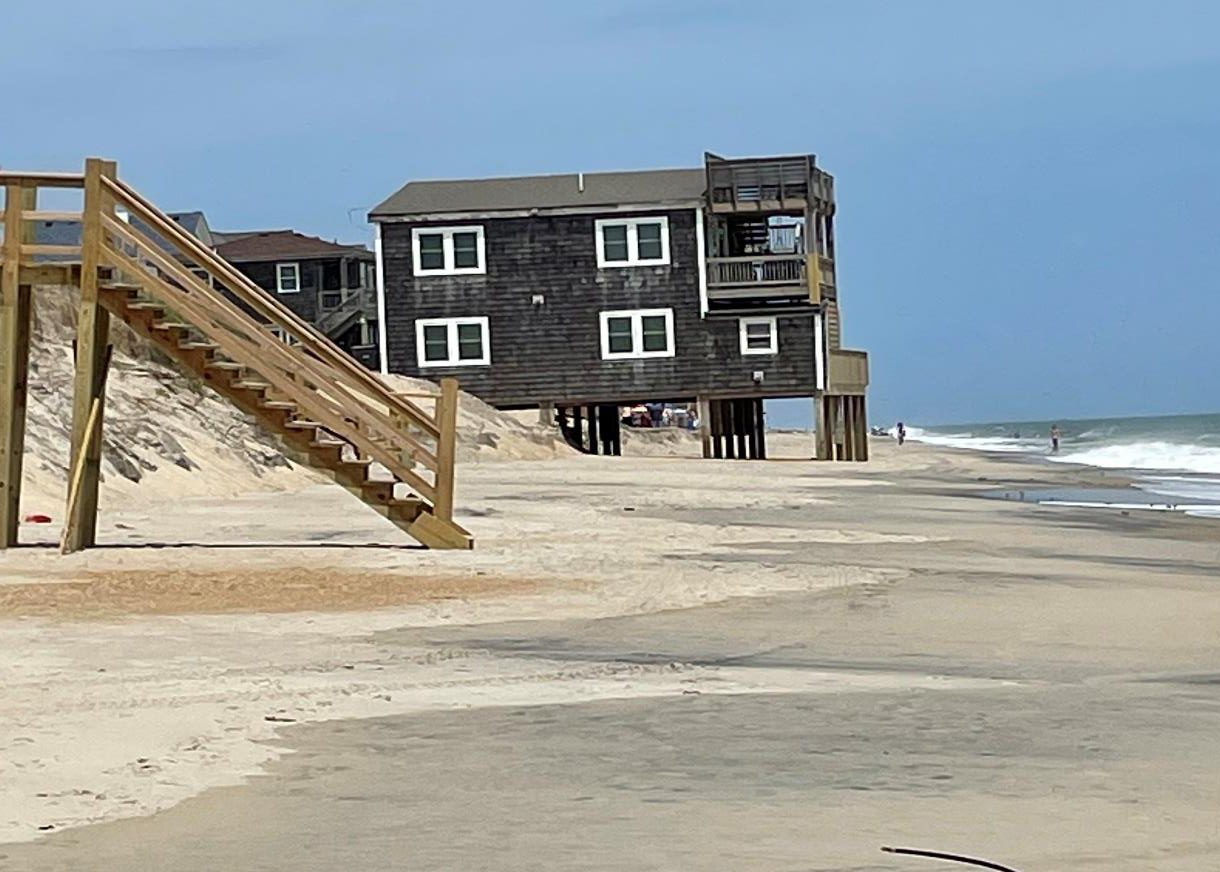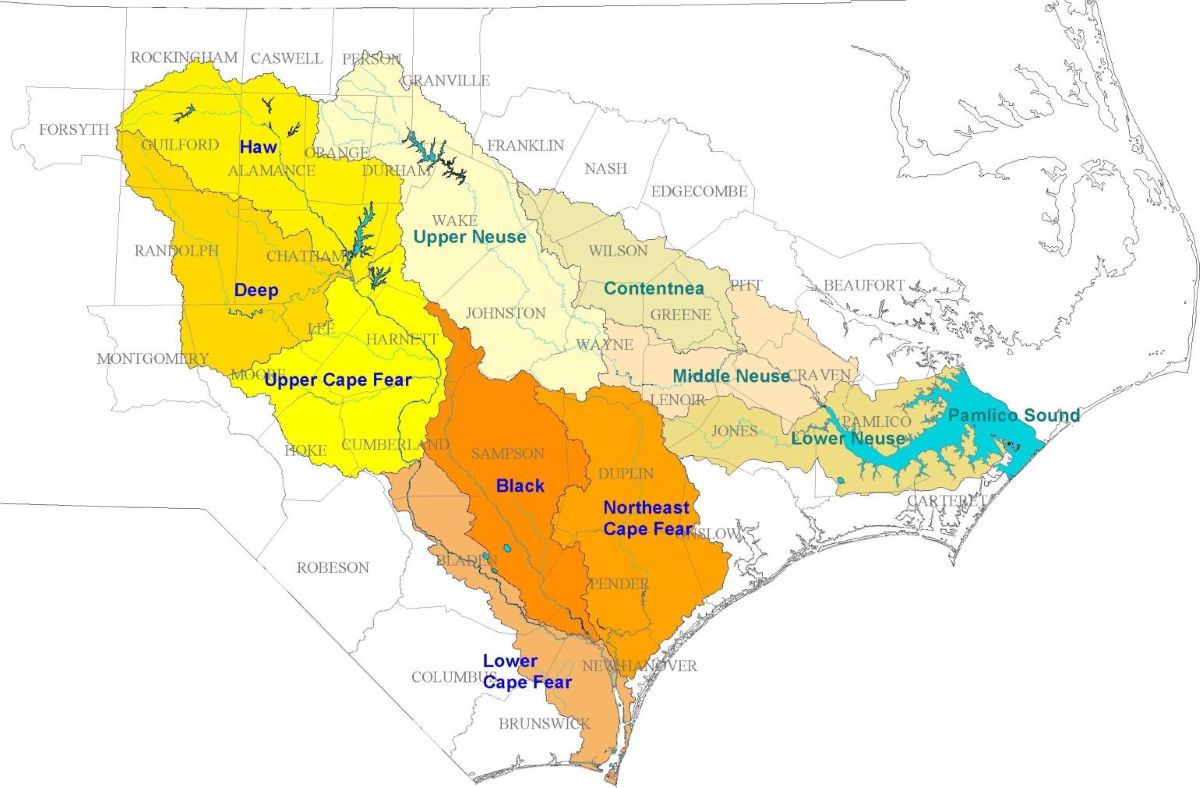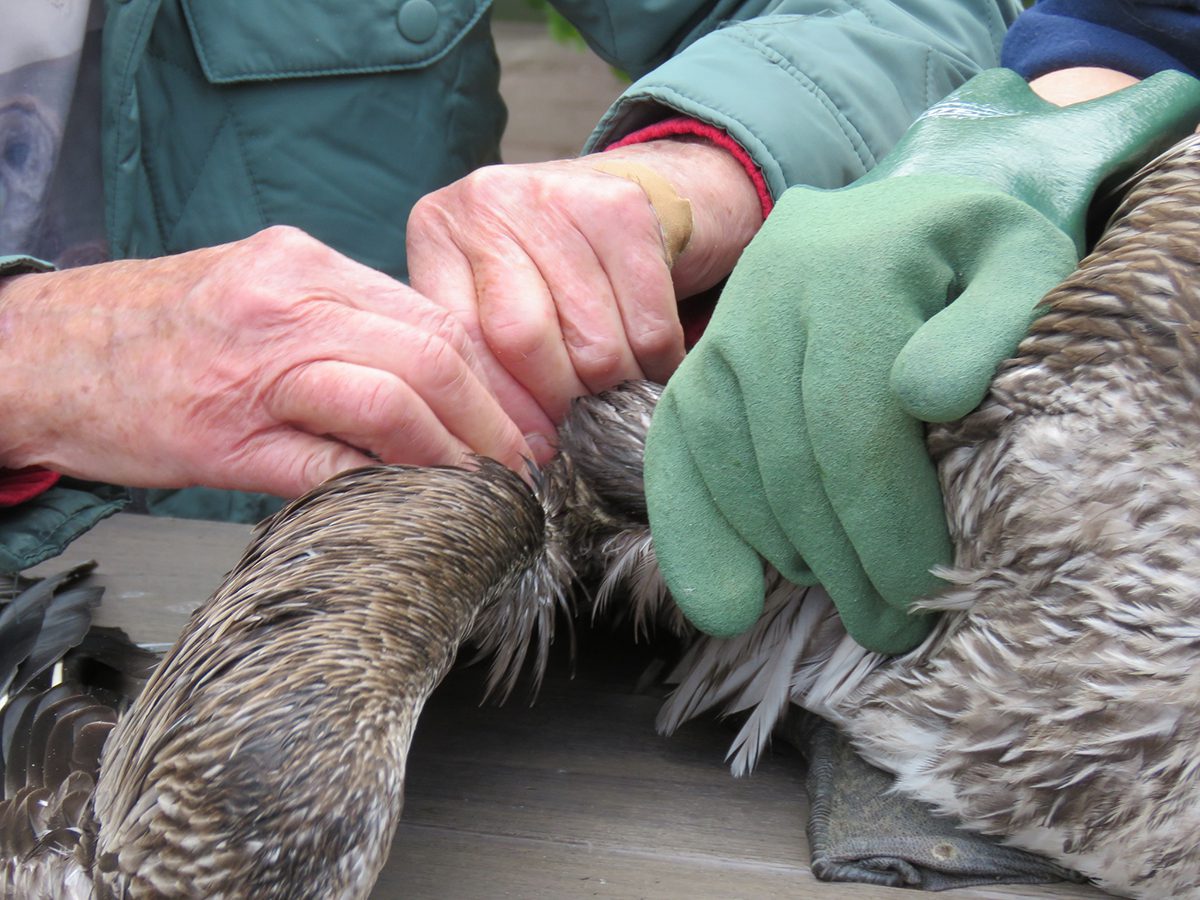FIGURE EIGHT ISLAND – The Army Corps of Engineers has released its final environmental study on Figure Eight Island’s proposed terminal groin project.
The publication yesterday of the final Environmental Impact Statement triggered the Figure Eight homeowners’ association’s board of directors to file for a federal permit to build a 1,500-foot-long terminal groin at the island’s northern end.
Supporter Spotlight
Before a federal permit may be issued, the proposed project must get the green light from several federal and state agencies.
The homeowners’ board must also obtain a Coastal Area Management Act major permit from the North Carolina Division of Coastal Management before construction can begin.
“We are preparing the state application now,” said David Kellam, Figure Eight Island administrator. “I certainly would say we will get it in in the next couple of months anyway.”
The Corps is taking public comments on the final study through Aug. 1.
The Corps will decide whether to issue a permit after the comment period ends and after completing its formal consultation with the U.S. Fish and Wildlife Service and the National Marine Fisheries Service over the groin’s potential effects on protected endangered and threatened species.
Those agencies are reviewing the project’s potential impacts to critical habitat to fish, sea turtles and shorebirds, including federally protected piping plover and red knots.
For nearly a decade, sand has accreted at the private island’s north end, creating what is now nearly 60 acres of unspoiled beach at Rich Inlet in New Hanover County. This sandy spit is a nesting, resting and eating haven for thousands of shorebirds.
Opponents of the project argue that the build up at the north end defeats a need for a terminal groin.
The channel in Rich Inlet historically shifts to a more northern alignment toward Hutaff Island, a move that is expected to occur in the future and prompt erosion at the north end, according to the study.
“It might be protected today, but there’s no guarantee that in the next year or two years or three years from now they will not be back in the same predicament,” said Mickey Sugg, project manager with the Corps’ Wilmington office.
Figure Eight’s board says a terminal groin will prevent the severe erosion at the north end that the island has experienced in the past. A terminal groin is a structure made of rock or other material placed perpendicular to the shore adjacent to an inlet to stabilize the beach.
Environmental groups, including North Carolina Audubon and the North Carolina Coastal Federation, have been fighting the board’s proposal to harden the shoreline at Rich Inlet. The inlet is one of the few remaining natural inlets in the state.
Audubon, the federation and the Southern Environmental Law Center submitted several comments on the Corps’ supplemental environmental study questioning the need for the project and its potential harmful impacts.
Comments from those groups, federal and state review agencies and the general public, including more than 450 individual emails, were submitted during the supplemental EIS comment period last year.
In a number of comments from the fish and wildlife service, the federal agency stated that the Corps’ supplemental study did not adequately discuss the potential effects to designated piping plover critical habitat.

“The Service has concerns for the potential losses of nesting and foraging habitat due to both direct and indirect impacts, particularly within the Critical Habitat Unit,” the agency stated. “The [biological assessment] and final EIS should address the potential loss of designated critical habitat over time, as a result of the construction of the terminal groin.”
The final study states that modeling shows the sand spit north of the terminal groin would remain fairly stable and that, at the end of the five-year simulation based on 2012 conditions, the spit “was still a viable feature on the north end.”
The Corps released nearly a year ago a supplement to its 2012 draft Environmental Impact Statement after the homeowner’s board submitted a preferred design and location different from what was included in the original study.
The new design placed the structure 420 feet further north of the alternatives listed in the original study.
Figure Eight’s preferred alternative would extend about 505 feet seaward between mean high and low water lines. The remaining 905-foot anchor would span across the north end of the island, ending near the Nixon Channel shoreline.
The anchor will need to be built across upwards of 12 to 15 properties.
The HOA board will have to obtain easements from the owners of each of those properties.
Figure Eight Island is unincorporated, and the homeowner’s association doesn’t have the legal authority to condemn property. If even one property owner holds out, it could stall the proposed project indefinitely.
“We are in the process of securing easements,” Kellam said. “None have actually been written, but numerous property owners have agreed to them. Some of them have requested further conversation with us on it.”
The homeowner’s board will be meeting with those property owners after the July 4 holiday, he said.
According to state statute, a CAMA major permit application must include a copy of the deed “or other instrument” claiming title to the property.
Moving forward with the project without first securing the needed easements is a waste of money and everyone’s time, said Todd Miller, the executive director of the N.C. Coastal Federation. “The Figure Eight Homeowners Association is like an emperor with no clothes in its attempt to build a groin on private properties without getting landowners’ permissions,” he said.
The Corps does not require proof of land ownership in its application.
“When we receive a request, whether it’s this project or any kind of project, we’re under the assumption that they have received any easements they need to receive,” Sugg said. “If we issue a permit that doesn’t supersede any type of requirements for the applicant or permittee to go through someone’s property. Our permit doesn’t supersede anybody’s property rights whatsoever.”







